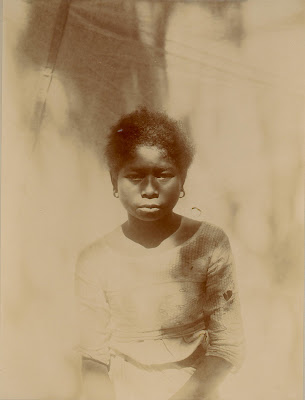"As I plop my too-young-to-watch-TV 18-month-old son in front of YouTube to enjoy a couple of minutes of Sesame Street clips, I feel comforted that what he’s going to see represents the world I want him to live in. He’s transfixed, bopping and swaying to Ray Charles singing the ABCs. He claps when the song is over. He's too young to tell me what he's thinking or feeling, but it's nice to know that his companions on his journey of childhood include a big yellow bird, a counting vampire, a garbage-can-dwelling misanthrope and a multiracial cast of human beings who value his worth as a child of color in this world. What a village." -Lome A. Aseron
Celebrating its 40th anniversary this season, multiple Emmy Award winning Sesame Street - OBG's POW (Place of the Week) - is the preeminent educational television program for preschoolers, a pioneer of the contemporary standard which combines education and entertainment in children's television shows, and a fictional place in the slightly idealized New York City. The central characters - Susan, Gordon, and later, Miles; Maria, Luis, and later, Gabi; and in the basement apartment, Ernie and Bert - live at 123 Sesame Street and to the right of 123 Sesame Street are the somewhat more unusual abodes of Muppets Oscar the Grouch (and his pet worm Slimey) and Big Bird. Other beloved Muppet characters include Mr. Snuffleupagus (aka Snuffy), Grundgetta, Ernie, Bert, the Twiddlebugs, Papa Bear, Mama Bear, Curly Bear, Baby Bear, monsters Telly, Zoe, Mexican-born Rosita, Elmo, Cookie Monster, Prairie Dawn, Count von Count, Humphrey, Ingrid, baby Natasha, bellhop Benny Rabbit, Kermit the Frog, The Two-Headed Monster and more (whew)! Currently, Grover's regular segment, "Global Grover," follows the self-described "lovable, furry pal" around the world exploring local cultures and traditions.
Tying in with its multiculturalist perspective, the show pioneered the idea of occasionally inserting very basic Spanish words and phrases to acquaint young children to the concept of knowing more than one language with Sesame Street's reach ultimately becoming global. [Source: Muppet.wikia.com]





























.jpg)























